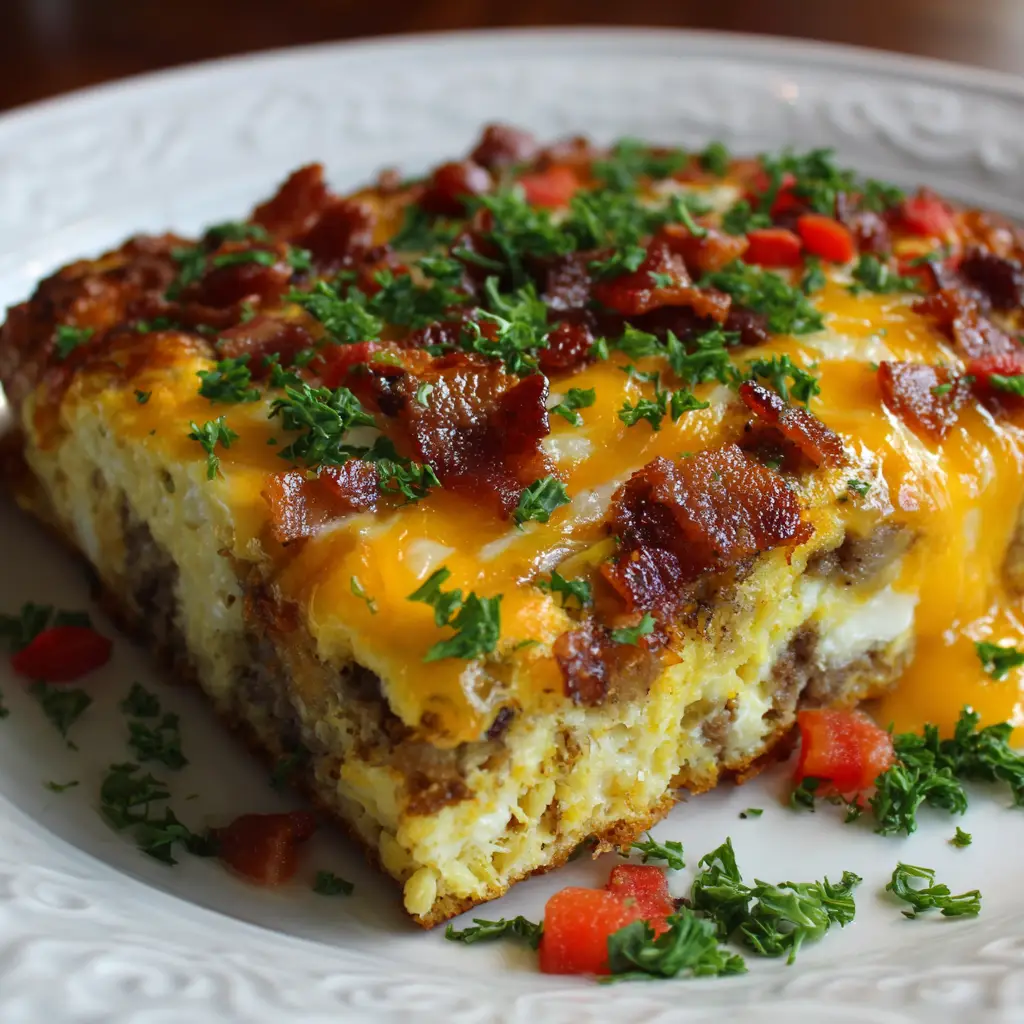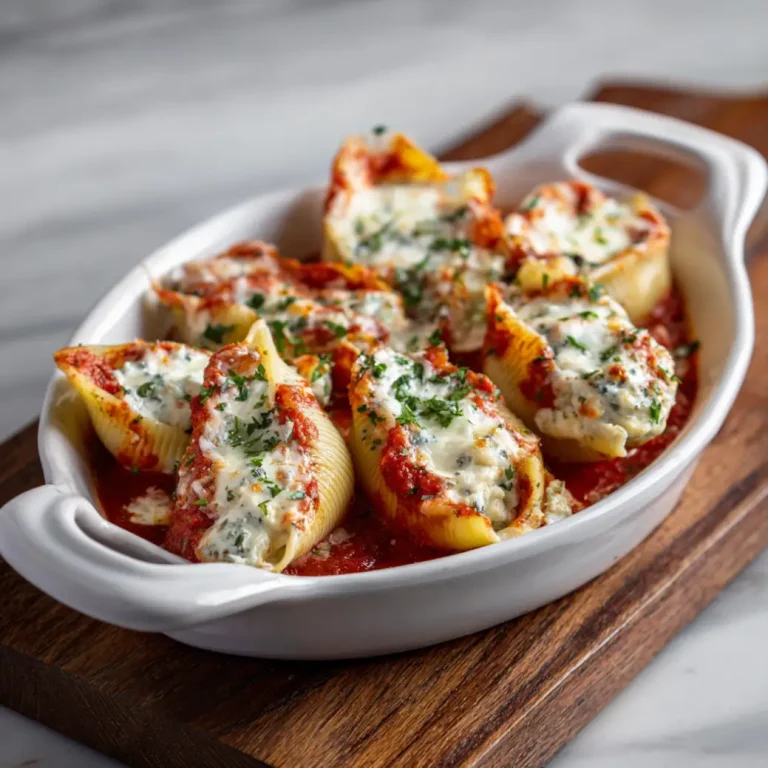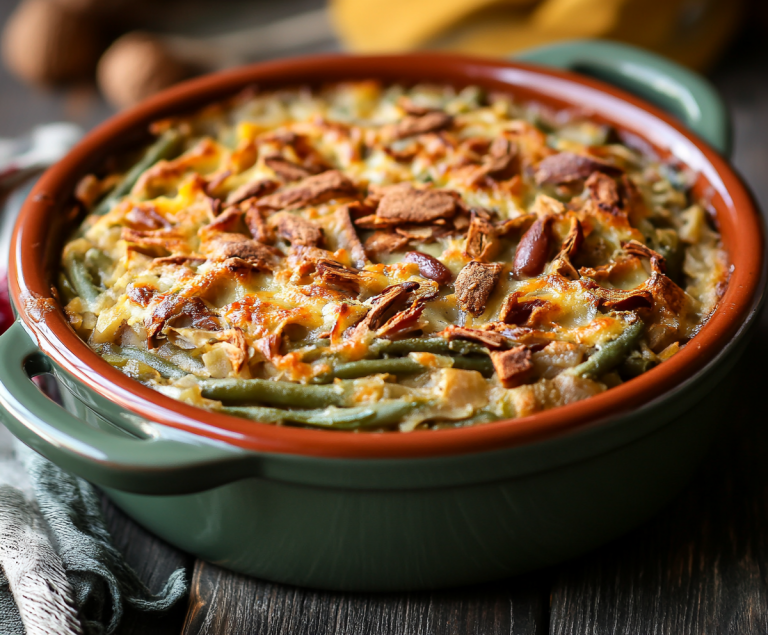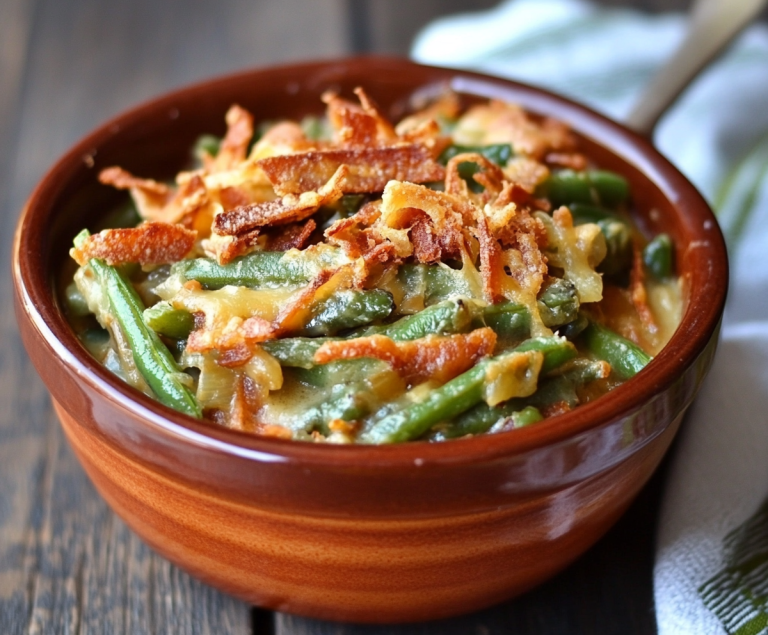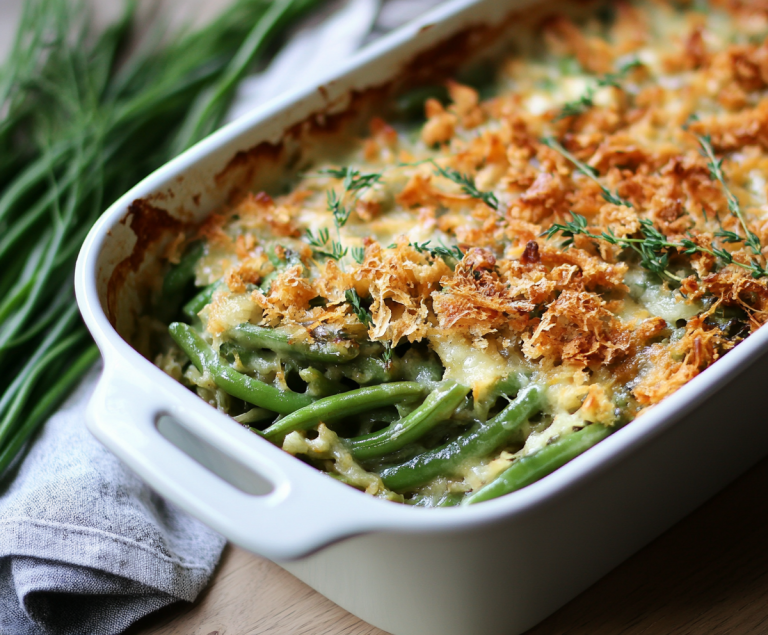Introduction
Overnight breakfast casserole makes mornings easy and joyful. It cooks while you sleep and feeds a group with little effort. Busy mornings feel calm when the rice pan is already done and the oven has done the work. The dish comes together the night before. It soaks up flavor and texture as it rests. Eggs set into bread and cheese. Sausage or vegetables add savory bites. Fresh herbs lift the aroma. Guests wake to warm comfort that tastes homemade and careful. Home cooks love the control. You can tweak spice and swap ingredients without risk. The recipe below explains each step in clear language. It also shows how to change the casserole for diet needs and crowd sizes. Nutrition notes help with meal planning. Serving ideas turn the casserole into a full breakfast spread.
Ingredients Needed
The table below lists common ingredients and approximate calorie counts. Quantities make about eight servings. Exact calories vary by brand and portion size.

| Ingredient | Amount | Approx calories |
|---|---|---|
| Eggs large | 10 | 700 |
| Whole milk | 2 cups | 300 |
| Bread cubed day old | 8 cups | 800 |
| Shredded cheddar cheese | 2 cups | 880 |
| Breakfast sausage cooked crumbled | 400 grams | 1200 |
| Salt | 1 teaspoon | 0 |
| Black pepper ground | 1 teaspoon | 6 |
| Dijon mustard optional | 1 teaspoon | 5 |
| Onion finely chopped | 1 cup | 60 |
| Bell pepper chopped | 1 cup | 30 |
| Fresh parsley chopped | 1 4 cup | 5 |
| Olive oil | 1 tablespoon | 120 |
| Hot sauce optional | 1 teaspoon | 5 |
| Cherry tomatoes halved for serving | 1 cup | 30 |
| Green onions sliced for garnish | 1 4 cup | 5 |
Step-by-Step Cooking Instructions
Preheat the oven to one hundred seventy five degrees Celsius. Grease a nine by thirteen inch baking dish with a bit of oil. Heat a skillet over medium heat. Add olive oil and sauté the onion and bell pepper until soft. Stir often and keep the pieces small.
Cook the breakfast sausage in the same skillet until it is browned and crumbly. Drain excess fat with a spoon or on paper towels. Taste a small piece and adjust salt if the sausage is already salty.
Place cubed bread into the prepared baking dish. Scatter the cooked sausage over the bread. Add the sautéed onion and bell pepper. Sprinkle one and a half cups of the shredded cheese evenly across the top.
Whisk eggs and milk in a large bowl. Add salt pepper and Dijon mustard if using. Pour the egg mixture slowly over the layered bread and sausage. Press gently so the liquid soaks into the bread. Cover the dish tightly with foil. Refrigerate overnight or for at least eight hours.
Remove the casserole from the fridge thirty minutes before baking so it can come closer to room temperature. Preheat the oven to one hundred seventy five degrees Celsius again if needed. Uncover and add the remaining half cup of cheese to the top. Bake for forty to fifty minutes or until the center is set and the top is golden. A knife inserted into the center should come out clean or with a few moist crumbs.
Let the casserole rest for ten minutes before slicing. Garnish with parsley and sliced green onion. Serve warm with halved cherry tomatoes on the side or with a fresh fruit bowl. Leftovers keep well for three days in the fridge and reheat in a low oven or microwave to retain texture.
Tips for Customizing the Recipe
Swap the protein to match preference. Use cooked ham chopped into small pieces for a milder flavor. Use crumbled bacon for a smoky note. Use shredded rotisserie chicken for a leaner option.
Change the cheese to shift the profile. Use pepper jack for a spicier bite. Use Swiss or Gruyere for a more savory complex cheese. Mix two cheeses for balance.
Make it vegetarian with simple swaps. Replace sausage with cooked mushrooms and spinach. Add extra bell pepper and a can of drained black beans for protein.
Adjust the bread type to change texture. Use sourdough for tang. Use whole wheat for more fiber. For a gluten free version choose certified gluten free bread. Ensure it is slightly stale so it absorbs the egg mixture without turning to mush.
Control moisture with a small tweak. If the bread feels dry use two and a quarter cups of milk. If the bread is very soft use only one and three quarter cups. Press down after pouring the egg mixture so the liquid reaches the bottom layers.
Add herbs and aromatics for brightness. Mix in chopped chives cilantro or basil before baking. Fold in a teaspoon of smoked paprika or a splash of hot sauce for depth.
Make the casserole in individual portions for ease. Use small ramekins to bake single servings. Adjust cook time to about twenty five to thirty minutes depending on the size.
Prepare a make ahead side dish. Roast a tray of root vegetables or sweet potato cubes the night before. Reheat with the casserole for a heartier brunch spread.
Nutritional Information
A typical serving equals one eighth of the casserole. Calories per serving range from six hundred to eight hundred depending on cheese and protein choices. Protein per serving is high because of the eggs and sausage or alternative protein. Fat content varies with cheese and meat. Carbohydrates come mainly from the bread and are moderate. Fiber increases with whole grain bread and added vegetables. Sodium can be significant if processed meat and salted cheese are used. Choose low sodium options to reduce salt. Adding fresh vegetables increases vitamin content and adds color. For a lighter version reduce cheese by half and use turkey sausage or extra vegetables.
Serving Suggestions

Present the casserole with simple sides to finish the meal. A bright green salad with lemon dressing balances richness. A bowl of fresh fruit offers natural sweetness. Warm toasted bagels and butter please guests who want more carbs.
Offer condiments for variety. Serve ketchup for picky eaters. Provide hot sauce and salsa for those who like spice. Place a bowl of plain Greek yogurt or sour cream so guests can add creaminess.
Beverage ideas complement the flavors. Fresh brewed coffee suits the savory notes. A light herbal tea pairs well with fruit sides. For gatherings serve a pitcher of orange and berry infused agua fresca. Sparkling water adds a clean contrast.
Plan the table for easy serving. Slice the casserole into squares and keep them warm on a low oven setting. Use labelled bowls so guests know which options are vegetarian or gluten free. Arrange plates and utensils near the serving dish so guests can help themselves.
Conclusion
Overnight breakfast casserole makes hosting easier and mornings calmer. The method is forgiving and flexible so you can adapt it to pantry items and taste. Flavor improves when the dish rests overnight and the ingredients marry. Small swaps in protein cheese or bread create new versions without extra work. Serve with fresh fruit and a crisp salad to balance the richness. Keep a note of what changes worked so you can make the perfect casserole again and again.

